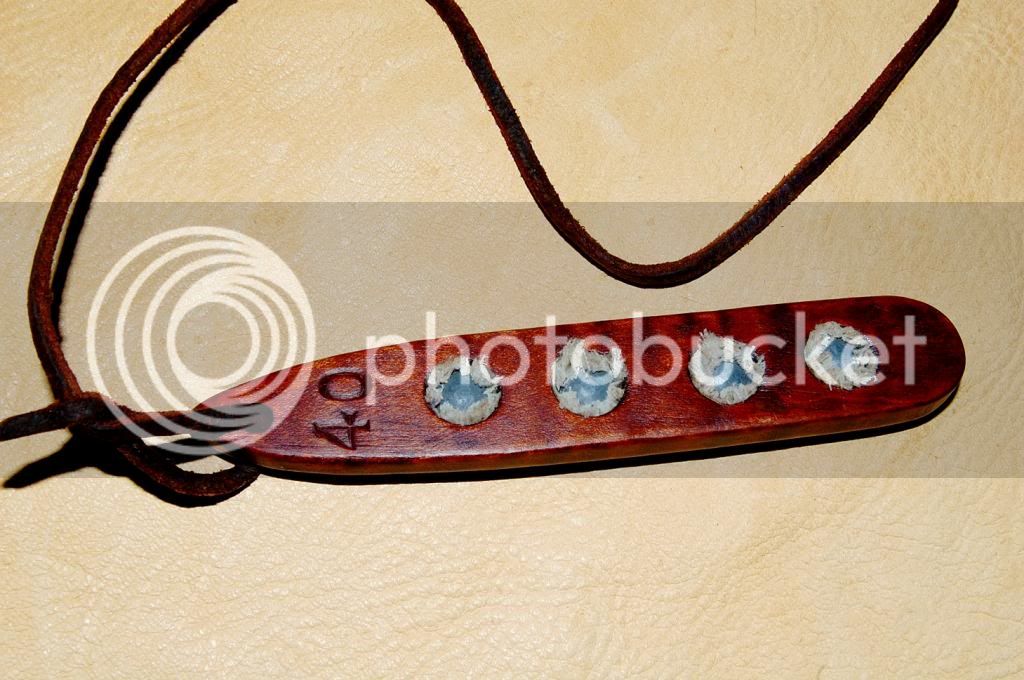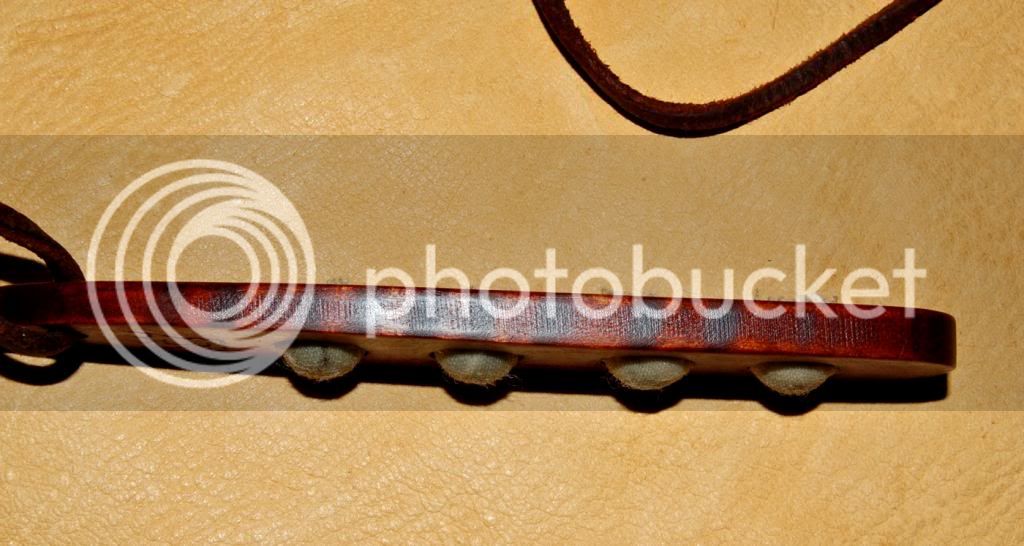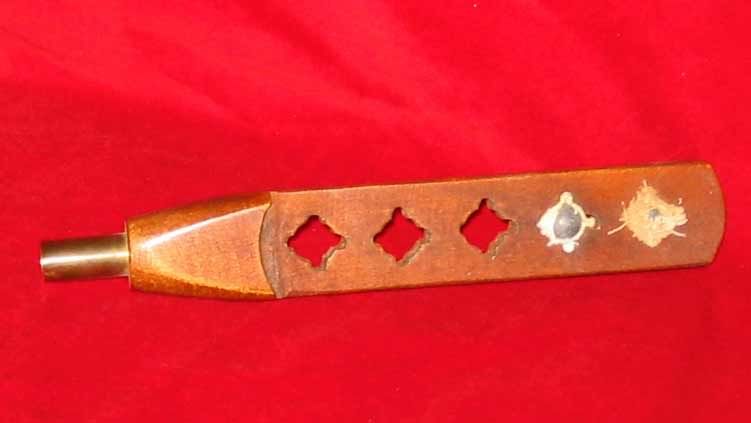I use paper for my cartridges, because of several reasons. One because it is plausibly PC. Two I've used all sorts of plastic gizzies, I don't care for them. Three, they are paper, essentially a leaf, when I drop them after charging my rifle I don't feel bad when I realize I didn't pick it up after I realoaded my rifle in the excitement of reloading after shooting a deer. I store them in Altoids tin, for the season.
My loading process; Starting with a full loading block. Mine usually hold three to four patched balls. I tear open my cartridge and pour the powder into the muzzle. Load as usual, Then I replace the loading block and starter in my bag together, upside down. I leave one hole empty in the loading block. My short starter is already inserted in the empty hole in the block, and the block and starter are in my bag upside down, so they come out of my bag in one hand full. I prime and now are ready to hunt. I find leaving the starter in the block makes my loading process more efficient, when my hands are shaking, especially after shooting a deer. BJH










 Oh well, you live and learn. :idunno:
Oh well, you live and learn. :idunno: